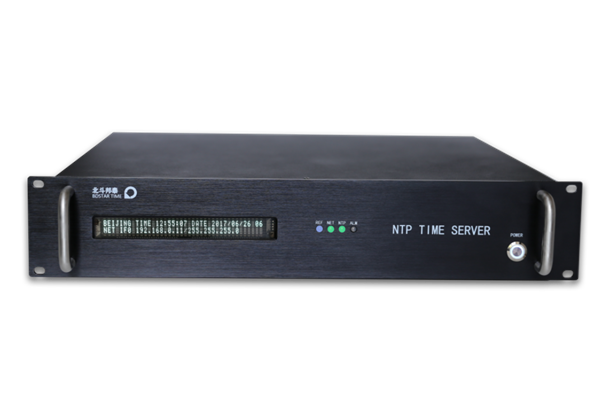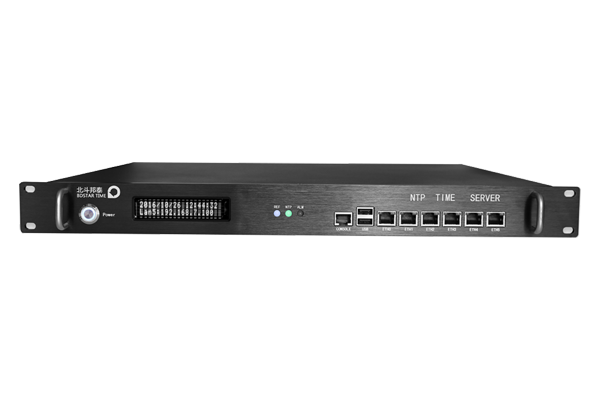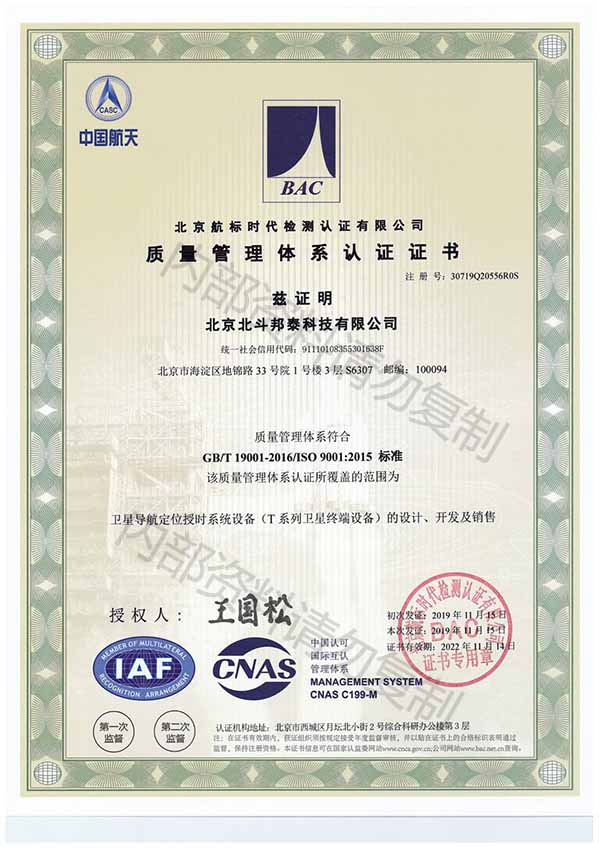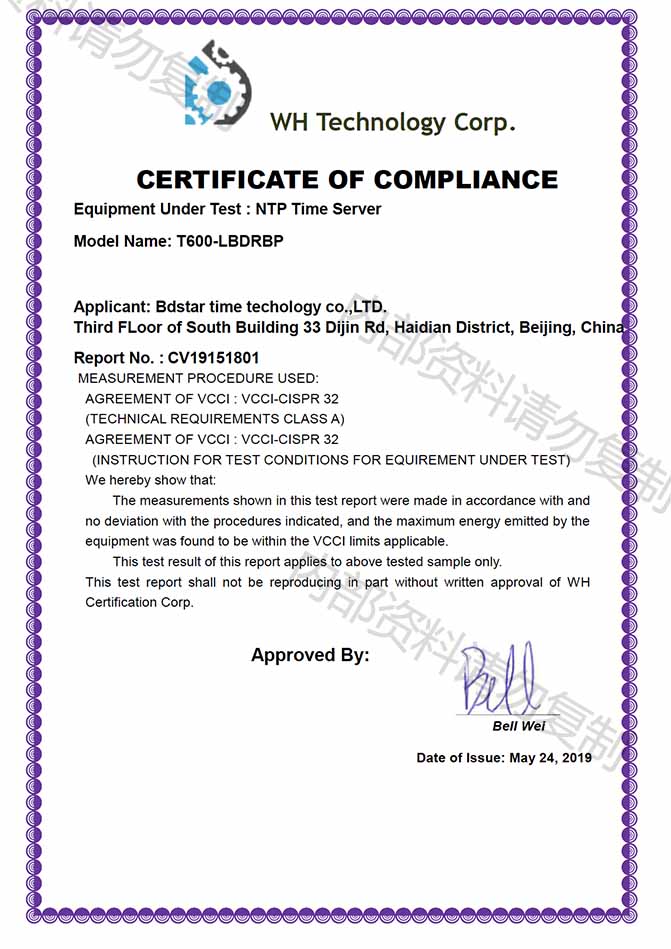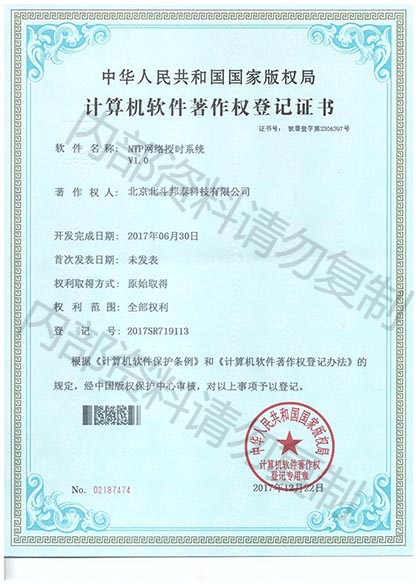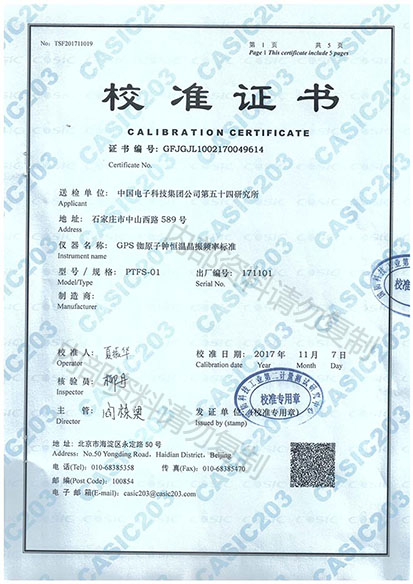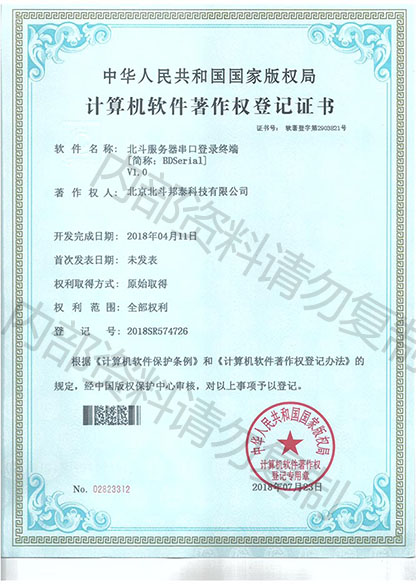home >> Measurement and testing instru >> CNT-90XL Microwave counter/analyzertime interval measur

Product Description
With the introduction of the new CNT-90XL Microwave Counter/Analyzer, Pendulum Instruments offers the ultimate tool for measuring, calibrating, and analyzing microwave frequencies and power. Whether in testing systems, research laboratories, calibration labs, or remote field applications, the CNT-90XL is a state-of-the-art microwave counter/analyzer that surpasses any other microwave counter on the market. The CNT-90XL is the fastest microwave frequency counter with built-in power measurement capability. It is affordable, user-friendly, and provides not only graphical display capabilities but also convenient control over measurements.
The Fastest Microwave Frequency Counter on the Market
The newly introduced CNT-90XL Microwave Counter/Analyzer sets a new milestone for microwave frequency counters in terms of measurement resolution, speed, and acquisition time. The CNT-90XL is the fastest microwave counter with built-in power measurement capability. It is affordable, user-friendly, and provides not only graphical display capabilities but also convenient control over measurements. When communicating with the internal data memory, the instrument achieves a measurement speed of up to 250k measurements per second, making it ideal for advanced statistical analysis.
The CNT-90XL offers versatile functionality, serving not only as a microwave counter/analyzer but also as a 300MHz Universal Time Interval Tester/Counter. Users can observe, capture, and analyze the frequency and power of the measured signals in both digital and graphical formats. Currently, there is no other instrument on the market besides the CNT-90XL that can provide these capabilities.
Applications and Performance Features of the Product
- The CNT-90XL Microwave Counter/Analyzer can be used in various applications, including:
- Carrier calibration of microwave relay lines
- Satellite communication equipment testing
- Yttrium Iron Garnet (YIG) and Voltage-Controlled Oscillator (VCO) testing
- RF and microwave instrument calibration
- RF component and module testing
Battery Option
The CNT-90XL Microwave Counter/Analyzer offers a battery option (Option 23/90) with a capacity of 90Wh. In measurement scenarios where AC power is not available, the battery option can provide at least 4.5 hours of power to the instrument. In Standby mode, the battery can continuously power the OCXO, providing up to 24 hours of continuous operation. The battery option of the frequency counter/analyzer is highly valuable in the following three different applications:
- Completing measurements in scenarios without AC power.
- Keeping the OCXO measurement stability by continuously powering it during transportation. After the instrument is transported to the measurement site, it can be used immediately without requiring preheating.
- The battery functions similarly to a built-in UPS (Uninterruptible Power Supply).
Technical SpecificationsCNT-90XL Technical Specifications:Measurement Functions
Frequency A, B, C
Range:
Inputs A, B: 0.002Hz to 400MHz
Input C: 300MHz to 27, 40, 46, or 60GHz
Resolution: 12-digit, 1s measurement time
Acquisition C
Input C: Automatic or manual
Acquisition time: 25ms (typical) in automatic mode
Auxiliary Parameters:
Inputs A, B: Vmax, Vmin, Vp-p
Input C: Power C (in dBm or W)
Pulse Train Frequency A, B, C
In the absence of external control signals and with selectable start/stop delays, the carrier frequency and pulse repetition frequency (PRF) of a repetitive pulse train signal can be measured.
Function: Frequency (Hz) in a pulse train
PRF (Hz)
Range:
Inputs A, B: 0.002Hz to 400MHz
Input C: 300MHz to 27, 40, 46, or 60GHz
Acquisition C: Manual
Minimum duration of the pulse train (Channels A and B):
Minimum of 40ns (80ns for frequencies above 160MHz)
Minimum number of pulses in the pulse train:
Input A or B: 3 (6 for frequencies above 160MHz)
PRF Range: 0.5Hz to 1MHz
Start Delay: 10ns to 2s, with 10ns resolution
Auxiliary parameter: PRF
Period A, B (single or average), C (average)
Mode: Single mode, Average mode
Range:
Inputs A, B: 3.3ns to 1000s
Input C: 3.3ns to 37, 25, 22, or 17ps
Resolution: 100ps (single); 12 digits/s (average)
Acquisition C:
Input C: Automatic or manual (manual input of reference frequency error within ±40MHz)
Acquisition time: 25ms (typical) in automatic mode
Auxiliary parameters:
Inputs A, B: Vmax, Vmin, Vp-p
Input C: Power C (in dBm or W)
Ratio A/B, B/A, C/A, C/B
Range: (10^-9) to 10^11
Input frequency:
Inputs A, B: 0.1Hz to 400MHz
Input C: 300MHz to 27, 40, 46, or 60GHz
Auxiliary parameters: Frequency 1 and Frequency 2
Time Interval A-B, B-A, A-A, B-B
Range:
Normal calculation: 0ns to +106s
Clever calculation: -106 to +106s
Resolution: 100ps (single)
Minimum pulse width: 1.6ns
Frequency range: Up to 160MHz
Clever calculation: Used to determine the sign of clever time interval measurements (A before B or A after B)
Positive Pulse Width and Negative Pulse Width A, B
Range: 2.3ns to 106s
Minimum pulse width: 2.3ns
Auxiliary parameters: Vmax, Vmin, Vp-p
Rise and Fall Time A, B
Range: 1.5ns to 106s
Trigger levels: 10% and 90% of signal amplitude
Minimum pulse width: 1.6ns
Auxiliary parameters: Rise time, Vmax, Vmin
Positive Duty Factor and Negative Duty Factor A, B
Range: 0.000001 to 0.999999
Frequency range: 0.1Hz to 300MHz
Auxiliary parameters: Period, pulse width
Phase of A relative to B, Phase of B relative to A
Range: -180 degrees to +360 degrees
Resolution: Single period: 0.001 degrees below 10KHz, reduced to 1 degree above 10MHz. Resolution can be improved by averaging (statistical method).
Frequency range: Up to 160MHz
Auxiliary parameters: Frequency A, Va/Vb (dB)
Vmax, Vmin, Vp-p A, B
Range
: -50V to +50V, -5V to +5V
The range is limited by the maximum safe input voltage specification. (Refer to input A, B technical specifications)
Frequency range: DC, 1Hz to 300MHz
Mode: Vmax, Vmin, Vp-p
Resolution: 3mV
Uncertainty (5V range, standard conditions):
DC, 1Hz to 1kHz: 1% + 15mV
1kHz to 20MHz: 3% + 15mV
20MHz to 100MHz: 10% + 15mV
100MHz to 300MHz: 30% + 15mV
Auxiliary parameters: Vmax, Vmin, Vp-p
Time Tagging A, B
The raw time-tagging data on inputs A or B, along with pulse counting, can be accessed via GPIB or USB.
Maximum sampling rate: See GPIB technical specifications
Maximum frequency: 160MHz
Time-tagging resolution: 100ps
Power C
Range:
Power: -35dBm to +10dBm
Frequency: 300MHz to 27, 40, 46, or 60GHz
Display unit: dBm (default) or W
Resolution: 0.01dBm, 100ms measurement time
Accuracy (typical):
<1dBm up to 27GHz
<2dBm up to 40GHz
<3dBm up to 60GHz
Acquisition: Automatic or manual (manual input of reference frequency error within ±40MHz)
Acquisition time: 20-30ms (typical) in automatic mode
Auxiliary parameter: Frequency C
Input and Output Technical Specifications
Inputs A and B
Frequency range:
DC coupling: DC to 400MHz
AC coupling: 10Hz to 400MHz
Impedance: 1MΩ // 20pF or 50Ω (VSWR ≤ 2:1)
Trigger edge: Positive or negative
Maximum channel timing difference: 500ps
Sensitivity:
DC to 200MHz: 15mVrms
200MHz to 400MHz: 25mVrms
Attenuation: ×1, ×10
Dynamic range (×1): 30mVp-p to 10Vp-p within ±5V window
Trigger level: Displayed on the screen
Resolution: 3mV
Uncertainty (×1): ±(15mV + 1% of trigger level)
Auto (AUTO) trigger level: Automatically sets the trigger level to 50% of the input signal amplitude (set to 10% and 90% of the input signal amplitude for rise/fall time measurements)
Auto (AUTO) hysteresis:
Time: Minimum hysteresis window (compensation)
Frequency: 1/3 of the input signal amplitude
Analog anti-aliasing filter: Rated at 100KHz, RC type
Digital low-pass filter: 1Hz to 50MHz cutoff frequency
Maximum safe voltage:
1MΩ: 350V (DC+ACpk) at or below 440Hz, drops to 12Vrms at 1MHz (×1)
50Ω: 12Vrms
Connector: BNC
Input C
Frequency range: 400MHz to 27, 40, 46, or 60GHz (input frequency range depends on instrument model)
Operating input voltage range:
0.4 to 18GHz: -33 to +13dBm
18 to 20GHz: -29 to +13dBm
20 to 27GHz: -27 to +13dBm
27 to 40GHz: -23 to +13dBm
40 to 46GHz: -17 to +13dBm
46 to 60GHz: -15 to +10dBm
Impedance: 50Ω nominal, AC coupling
VSWR:
0.4 to 27GHz: <2.0:1 (typical)
27 to 46GHz: <2.5:1 (typical)
46 to 60GHz: <3.0:1 (typical)
Frequency Modulation (
FM) deviation:
Manual acquisition: 50MHz p-p; Frequency C > 3.5GHz
30MHz p-p; Frequency C < 3.5GHz
Auto acquisition: 20MHz p-p; applicable to any input frequency C with modulation frequency > 0.1MHz
Amplitude Modulation (AM) deviation: Arbitrary modulation index (minimum signal must be within sensitivity range)
Automatic amplitude discrimination: Isolation between two signals within 30MHz is 10dB, otherwise 20dB
Maximum safe voltage: +27dBm (27, 40, 46GHz models)
+25dBm (60GHz model)
Overload display: When input C power > +10dBm, overload indication is lit
Connectors:
27GHz: SMA
40 and 46GHz: 2.92mm female connector
60GHz: 2.4mm female connector
(All connectors are field-replaceable)
|
Frequency range up to 60GHzKey Features
● Speed: Up to 250k measurements per second to internal data memory
● Frequency or power measurements up to 60GHz, applicable to both Continuous Wave (CW) and Pulse Train signals
● Frequency measurement resolution: 12 digits per second, maximum display digits of 14
● Statistical analysis features including histogram, trend graph, and modulation domain analysis
● Frequency ranges: 27, 40, 46, or 60GHz
● User-friendly: Multi-parameter display and graphical representation of measurement results (including statistical, histogram, and trend graph display)
● Standard configuration with USB and GPIB interfaces
● Combination of microwave counter/analyzers and 300MHz universal time interval counters/analyzers in one instrument
Product Highlights and Advantages:
● Fast and high-resolution frequency and power measurements with extremely short acquisition times, 25ms for automatic (Auto) acquisition and 0 for manual (Manual) acquisition
● Measurement of short pulse trains using external trigger signals
● High sensitivity (-33dBm)
● Statistical processing along with histogram, trend graph, and modulation graph display
● Affordable microwave frequency counter
World-Class Performance
● High resolution: High resolution is crucial for production testing and research and development. CNT-90XL meets the customer's needs with its 100ps single-measurement time resolution and 12 digits per second frequency measurement resolution. Measurement results can be displayed with up to 14 digits.
● High calibration accuracy: During calibration, CNT-90XL provides high calibration accuracy due to its built-in high-stability OCXO timebase. The instrument also features low system time interval (Time Interval A-B) measurement error and high measurement resolution.
● Standardized GPIB and USB interfaces: Standardized interface configurations eliminate the need for installing GPIB interfaces on PCs. The GPIB interface operates in two different modes: SCPI/GPIB and 53131A emulation mode, allowing easy replacement of frequency counters from other brands in existing Automatic Test Equipment (ATE) systems. This plug-and-play feature greatly reduces the need for reprogramming commands in the original system.
● Menu-driven setup: Menu-driven setup reduces the risk of errors. Multi-parameter display of data results provides valuable signal information, reducing the need for additional instruments such as digital voltmeters (DVMs) and oscilloscopes.
● Limit testing: The limit testing feature is a convenient tool for correctly calculating statistical parameters. Digital pulses in discrete clusters (e.g., CD players and HDB3-encoded data) often exhibit jitter. By using the limit testing feature, users can validate the jitter. Users can separate individual clusters by setting limit values in the calculations.
Excellent Graphical Display Capability
One of the unique features of the CNT-90XL is its graphical display and menu-driven setup. Non-professionals can easily make correct settings without the risk of significant errors.
The instrument employs a multi-parameter display mode, where in addition to displaying the main measurement value, auxiliary measurement values are shown at the bottom of the screen. For example, while displaying the measured frequency value, auxiliary parameters such as Vmax/Vmin/Vp-p are also displayed. This multi-parameter display mode allows users to obtain direct answers to common questions without the need for additional test instruments, such as "What is the attenuation and phase shift of this filter?"
Measurement results can be displayed both numerically and graphically. Graphical displays, such as histograms and trend graphs, provide a deeper understanding of jitter characteristics. The graphical display also provides a better visualization of the measured object's behavior over time, from slow drifting to fast modulation (trend graph). Statistical results of the same data set can be displayed in three different ways: numerical display, histogram display, and trend graph display. It is easy to capture and switch between these three different display modes of the same data.
When adjusting a frequency source to a given limit, the graphical display provides fast and accurate visual calibration guidance. The graphical display capability directly shows frequency changes over time on the screen, such as rapid power-up or frequency modulation (FM). The built-in statistical processing capability can display numerical statistical result data on the screen. Additionally, the instrument can display frequency distribution histograms on the screen. All these statistical graphical display features greatly facilitate frequency stability and frequency modulation analysis.
Rear Panel Inputs and Outputs
Reference Input: 1, 5, or 10MHz, 0.1 ~ 5Vrms sine wave, impedance ≥1kΩ
Reference Output: 10MHz, >1Vrms sine wave into 50Ω
Holdoff Input: All measurement functions on hold
Impedance: Approximately 1kΩ
Frequency Range: DC ~ 80MHz
Connectors: SMA type (female) for rear panel Input C, BNC for all other inputs/outputs
Auxiliary Functions
Trigger Inhibit
Delay Range: 20ns ~ 2s, 10ns resolution
External Arm/Disarm Holdoff
Holdoff can be used to synchronize frequency and power measurements with the start of short pulse trains. The minimum length of the short pulse train must exceed 100us.
Mode: Arm/Disarm
Input Channels: A, B, or E (external holdoff input)
Maximum Holdoff Rate:
Channels A, B: 160MHz
Channel E: 80MHz
Start Delay Range: 20ns ~ 2s, 10ns resolution
Statistical Processing
Functions: Maximum, Minimum, Mean, Δmax-Min, Standard Deviation, Allan Deviation
Display: Numerical, histogram, or trend graph
Sample Size: 2 ~ 2×109 samples
Limit Testing: Off, capture above limit, capture below limit, capture within limit, or capture outside limit data.
Measurement Step:
Step Time Range: 4us ~ 500s
Mathematical Processing
Functions: (K*X+L)/M and (K/X+L)/M, where X is the current reading and K, L, and M are constants set via the keyboard or using fixed reference values (0X).
Other Functions
Measurement Time: 20ns ~ 1000s for frequency, pulse trains, and period average functions. For other measurement functions, the measurement time is one period.
Timebase Reference: Internal, external, or automatic
Display Hold: Freezes the result until a Restart initiates
a new round of measurement.
Limit Alarms: Graphical display on the front panel and/or SRQ message sent via GPIB.
Limits: Lower limit, upper limit
Setting: Off, alarm for values above limit, alarm for values below limit, alarm for values within limit, or alarm for values outside limit.
Alarm Status: Stop or Continue
Display: Numerical + Graphical
Stored Instrument Setups: 20
Instrument setups can be saved and recalled using the internal non-volatile memory. Ten of them can be protected by the user.
Display: Backlit LCD graphical screen for menu control, numerical readout, and status information display.
Digits: 14 digits in numerical mode.
Resolution: 320*97 pixels.
GPIB Interface:
Compatibility: IEEE 488.2-1987, SCPI 1999 53131A compatibility mode.
Interface Functions: SH1, AH1, T6, L4, SR1, RL1, DC1, DT1, E2
Maximum Measurement Rate:
Via GPIB: 5,000 readings/second (Block mode), 500 readings/second (Individual Get triggered)
To internal memory: 250,000 readings/second
Internal Memory Capacity:
CNT-90XL: Up to 750,000 readings.
USB Interface:
USB Version: Full-speed USB 2.0 (11 Mbit/s)
Metrology
Mode: No unpacking, menu-driven control
Frequency Standards: 0.1, 1, 5, 10, 1.544, and 2.048 MHz
General Specifications
Environmental Data
Grade: Complies with MIL-PRF-28800F, Class 3 standards
Operating Temperature: 0°C to +50°C
Storage Temperature: -40°C to +71°C
Humidity: 5% to 95% (10°C to 30°C)
5% to 75% (30°C to 40°C)
5% to 45% (40°C to 50°C)
Altitude: 4,600 meters
Vibration: Meets MIL-PRF-28800F, Class 3 standards for random and sinusoidal vibration testing.
Shock: Meets MIL-PRF-28800F, bench handling standard with half-sine 30G testing.
Transportation Drop Test: Tested according to MIL-PRF-28800F standard.
Safety: Complies with EN61010-1, Pollution Degree 2, Meas Cat I, CSA C22.2 No1010-1, CE standards.
Electromagnetic Compatibility (EMC): Complies with EN61326 (1997); A1 (1998) standard and increased test level according to EN50082-2, Group 1, Class B, CE standard.
Power Requirements
Base Model: 90-265Vrms, 45-440Hz, <40W
Dimensions and Weight
Width × Height × Length: 210 × 90 × 395mm (8.25 × 3.6 × 15.6 in)
Weight: Net weight 2.7 kg (5.8 lbs)
Shipping weight approximately 3.5 kg (7.5 lbs)
Ordering Information
Main Unit
CNT-90XL-27G 27GHz Microwave Counter/Analyzer
CNT-90XL-40G 40GHz Microwave Counter/Analyzer
CNT-90XL-46G 46GHz Microwave Counter/Analyzer
CNT-90XL-60G 60GHz Microwave Counter/Analyzer
Timebase: Option 19/90, Intermediate Stability Ovenized Timebase (0.06ppm/month) included as standard configuration
Instrument also includes: 18-month product warranty, power cord, user documentation CD, and calibration certificate.
Timebase Options
Option 30/90: Ultra-High Stability Ovenized Timebase (0.01ppm/month)
Option 40/90: Super High Stability Ovenized Timebase (0.003ppm/month)
Option 23/90: Battery Pack
Battery Type: Lithium-ion, 90Wh capacity
External DC Input:
10-18V DC; max 6A
Operating Temperature Range: -20°C to +40°C
Storage: -20°C to +60°C for one month
-20°C to +45°C for three months
-20°C to +20
°C for one year
Battery Operating Time (at 25°C):
ON: >4.5 hours
Standby: >24 hours
Charging: Automatically starts when AC power or external DC power is connected to the instrument. Battery status displayed: Low battery warning displayed on the screen.
Weight: 2.3 kg
Optional Accessories
Option 22/90: Rack Mount Kit
Option 27: Soft Carrying Case
Option 27H: Rugged Hard Carrying Case
Option 29/90: Time View Modulation Domain Analysis Software for CNT-90XL
Option 90/01: Calibrated with Protocol Certificate, Standard Oscillator
Option 90/06: Calibrated with Protocol Certificate, Ovenized Oscillator
Option 90/00: Calibrated with Protocol Certificate, Aging/Week Hold Frequency
Option 95/03: Extended 3-year warranty
Option 95/05: Extended 5-year warranty
OM-90: English version User Manual (Printed Version)
PM-90: English version Programming Manual (Printed Version)
SM-90: English version Service Manual
GS-90-EN: English version Getting Started Guide
GS-90-FR: French version Getting Started Guide
GS-90-DE: German version Getting Started Guide
|
Documentation
CNT-90XL Microwave counter/analyzer【PDF】data
PDF


